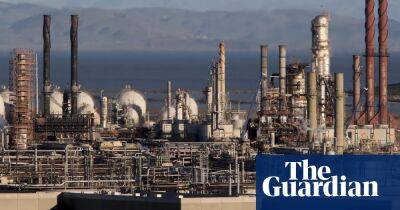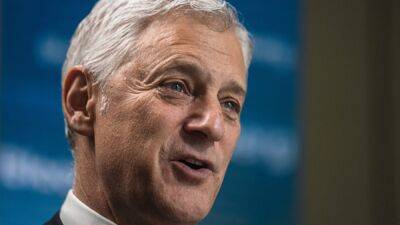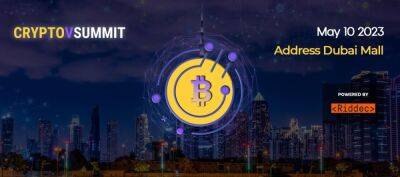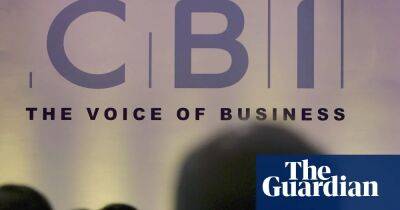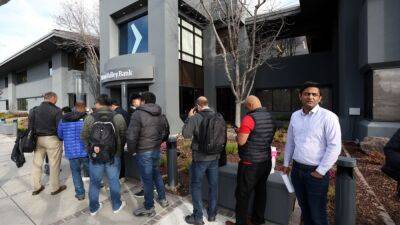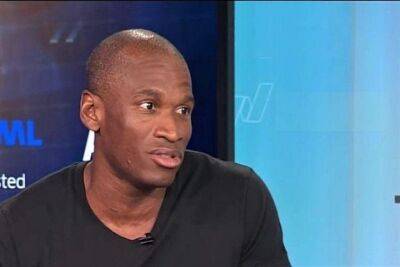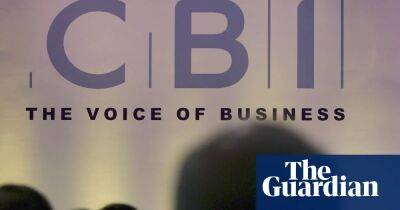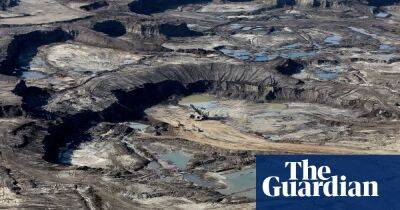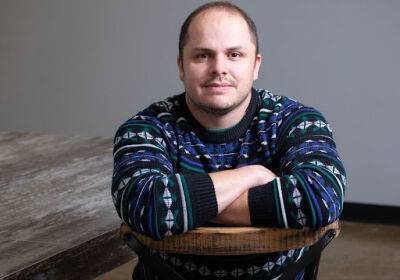Silicon valediction? Our road trip to tech industry hotspots as the sector cools
If you read the news, you’d think that San Francisco is dead. If you try to drive there during rush hour, you’d find that hard to believe.
On a sunny Wednesday morning this month, I found myself on the Bay Bridge, en route to inspect the alleged demise of San Francisco and the reports that Silicon Valley’s golden age is coming to a halt.
Predictions of San Francisco’s decline are almost cyclical, the national spotlight turning to challenges like inequality and homelessness. But a fresh era is undeniably underway for the tech world. The industry has changed massively in the past years, hitting a wall after a long run of impressive growth that was bolstered by the shift to online life that was forced by the Covid-19 pandemic.
Hiring sprees shifted to hiring freezes, tech giants have cut costs, Facebook is now Meta and Twitter is Elon’s. Disastrous earnings have raised new fears of a further crash.
But does this ballooning crisis really mean the end of Silicon Valley as we know it? As someone who has been covering tech for nearly a decade and lived in the Bay Area for the past four years, I wanted to see for myself. And so there I was, bumper to bumper, making my way from my apartment in East Oakland to downtown San Francisco.
Although the traffic was back to its pre-pandemic normal, the scene in San Francisco was more aligned with the recent “doom loop” narrative, when a city gets stuck in a negative cycle wherein various financial struggles fuel one another. What has been called “the most empty downtown in America” was indeed desolate – with visible signs of homelessness and crime, and very few workers on its empty sidewalks.
The financial district was once a bustling center of high-earning workers enjoying $17 salads for lunch
Read more on theguardian.com




